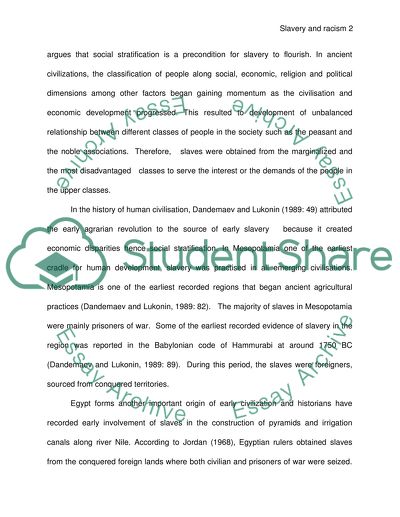Cite this document
(“The Contribution Of Abolition Of Slavery To Racial Thinking Essay”, n.d.)
Retrieved de https://studentshare.org/sociology/1391818-how-did-the-abolition-of-slavery-contribute-to
Retrieved de https://studentshare.org/sociology/1391818-how-did-the-abolition-of-slavery-contribute-to
(The Contribution Of Abolition Of Slavery To Racial Thinking Essay)
https://studentshare.org/sociology/1391818-how-did-the-abolition-of-slavery-contribute-to.
https://studentshare.org/sociology/1391818-how-did-the-abolition-of-slavery-contribute-to.
“The Contribution Of Abolition Of Slavery To Racial Thinking Essay”, n.d. https://studentshare.org/sociology/1391818-how-did-the-abolition-of-slavery-contribute-to.


